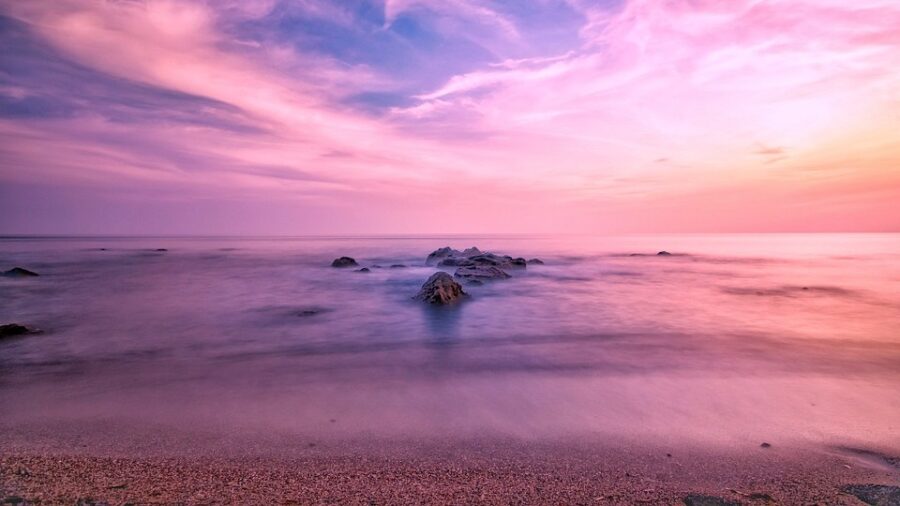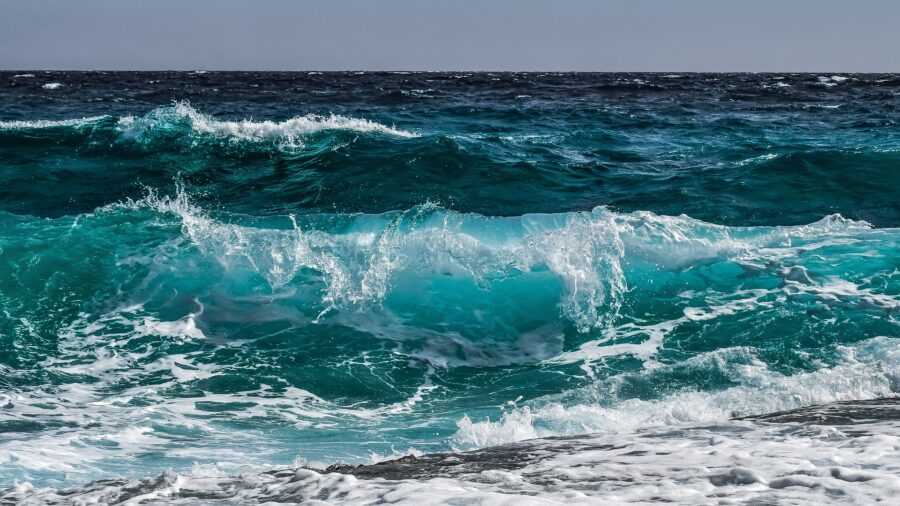Ocean Colors Changing Forever Thanks To Climate Change

You know how the ocean is generally blue? Well, it won’t be that way forever. According to the National Oceanography Centre, the number of phytoplankton in the ocean is steadily increasing, which The Guardian reports is changing the color of the ocean to a green hue.
Increasing phytoplankton found in the oceans due to climate change will soon make its colors appear more green than blue.
A study of 20 years of Oceanic data checked, among other things, the ocean’s changing color around the world over time. They looked for patterns across the whole color spectrum and found a pattern: overall, the ocean has been growing greener each year.
About 56 percent of the world’s oceans have adopted a greener color over the last 20 years.
Since the ocean covers about 140 million square miles of the earth’s surface, there were variations in what color change the researchers saw, depending on the place they looked. Some parts were getting bluer, and others were even getting redder. However, according to National Oceanography Center researcher Dr. BB Cael, the ocean as a whole is following an unmistakable greenward trend.
To be specific, about 56 percent of the world’s oceans have adopted a greener color over the 20 years that Dr. Cael studied. The reason for that is an increase in Phytoplankton, one of the ocean’s most important food sources, which reflects a greenish color when hit by sunlight.
The suspected cause of the ocean’s color change is the well-documented climate change occurring across the globe. As predicted by scientists hired by the oil industry in the 1950s, the heat-trapping gasses caused by burning fuel have… well, trapped in the earth’s heat. These higher temperatures are better for phytoplankton, which breed more quickly in the altered environment.
Other Causes
There may be other reasons that the ocean is turning green besides phytoplankton, however. Oregon State University researcher Michael J Behrenfeld states that another cause could be the increase in plastic debris contaminating the ocean, which scatter light in different ways than the water itself does.

Most likely, Behrenfeld says, the changing color is a result of several different factors, all happening at the same time.
Regardless of which factor is most responsible for the oceans changing color, there’s a good chance the oceans are going to stay greener for a very long time. Many scientists believe it’s too late to reverse the effects of climate change, and plastic can take up to 1,000 years to completely decompose, so neither of the likely causes will be corrected in our lifetime.
Higher temperatures are better for phytoplankton, which breed more quickly in the altered environment.
While the exact reason that the ocean is changing color might currently be up for debate, we’ll have a better idea of its cause in the near future. In 2024, NASA will soon launch a “PACE” satellite into space, which will measure the ocean’s plankton, aerosol, cloud, and ecosystem. The more information we have, the more we’ll know about why the ocean is getting greener.
Even so, we currently don’t have a complete grasp on how the ocean’s ecosystem works, nor do we know the exact effects that these changes will have on the other creatures living in the sea. However, Dr. Cael states that the changes that have altered the ocean’s color are probably not going to be cataclysmic, so that’s one positive to take from the report.










